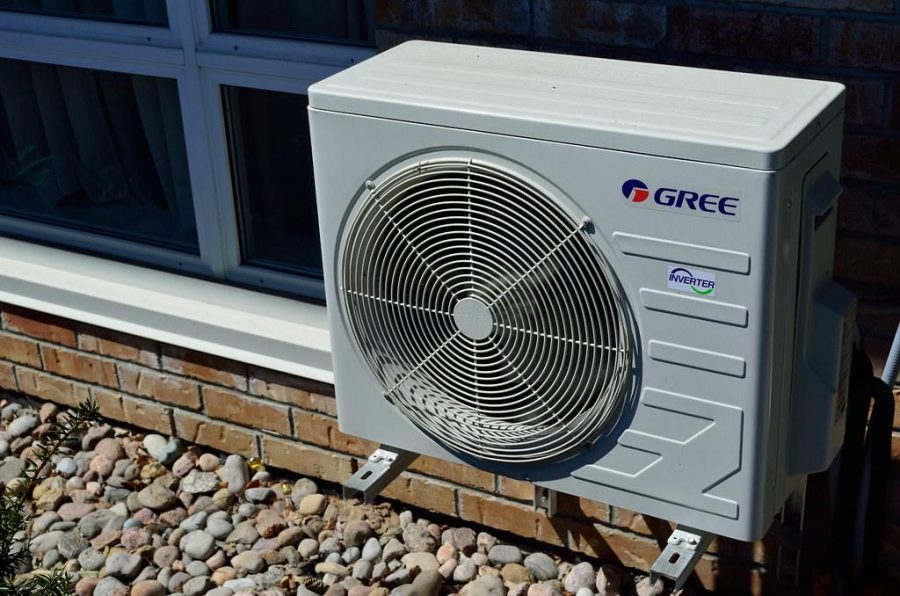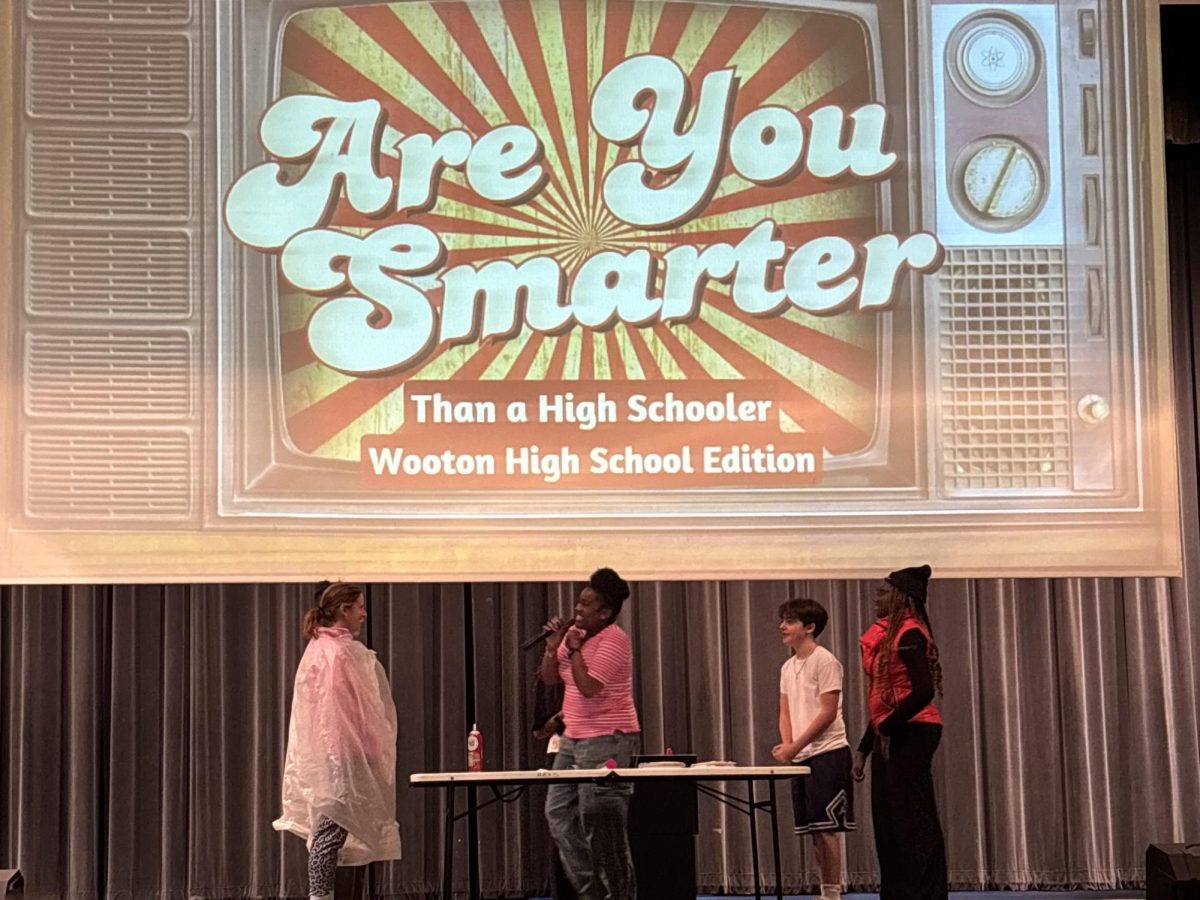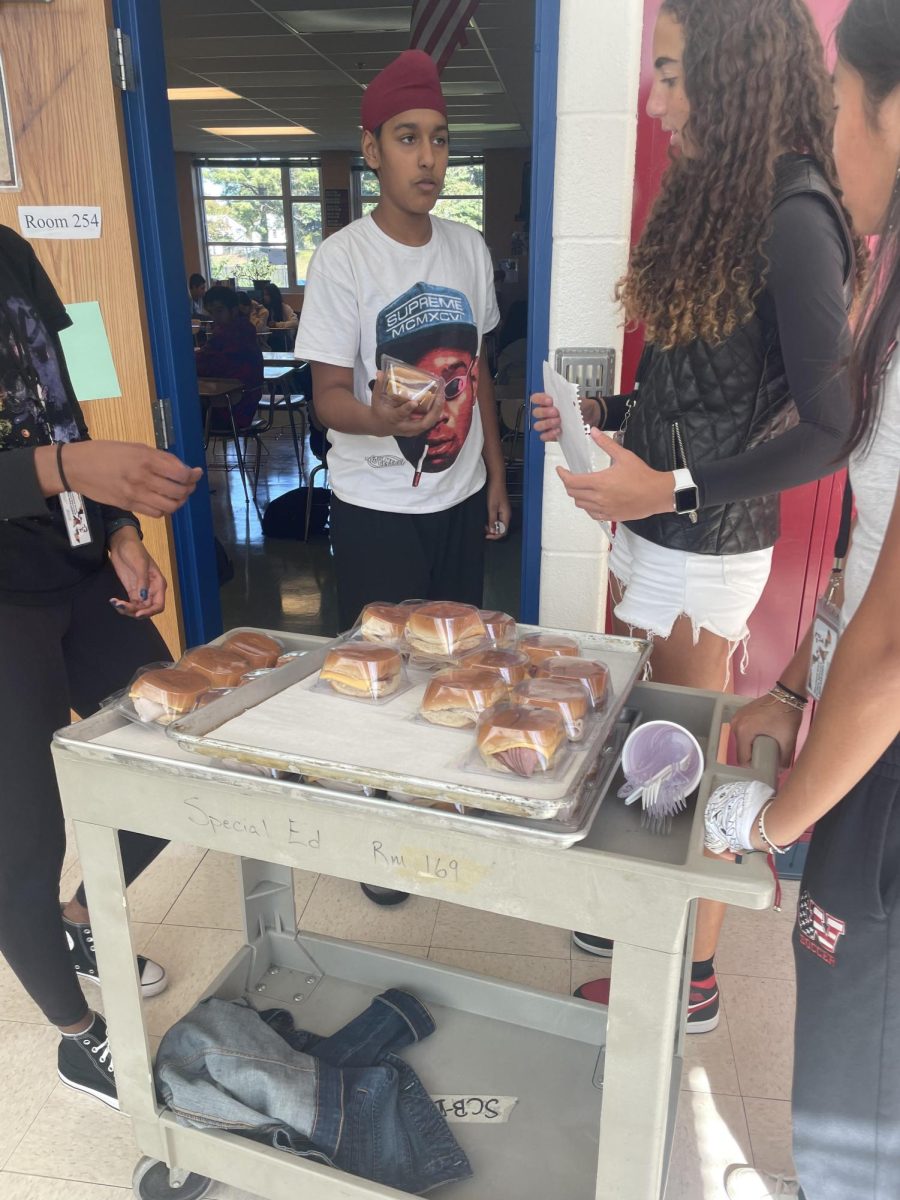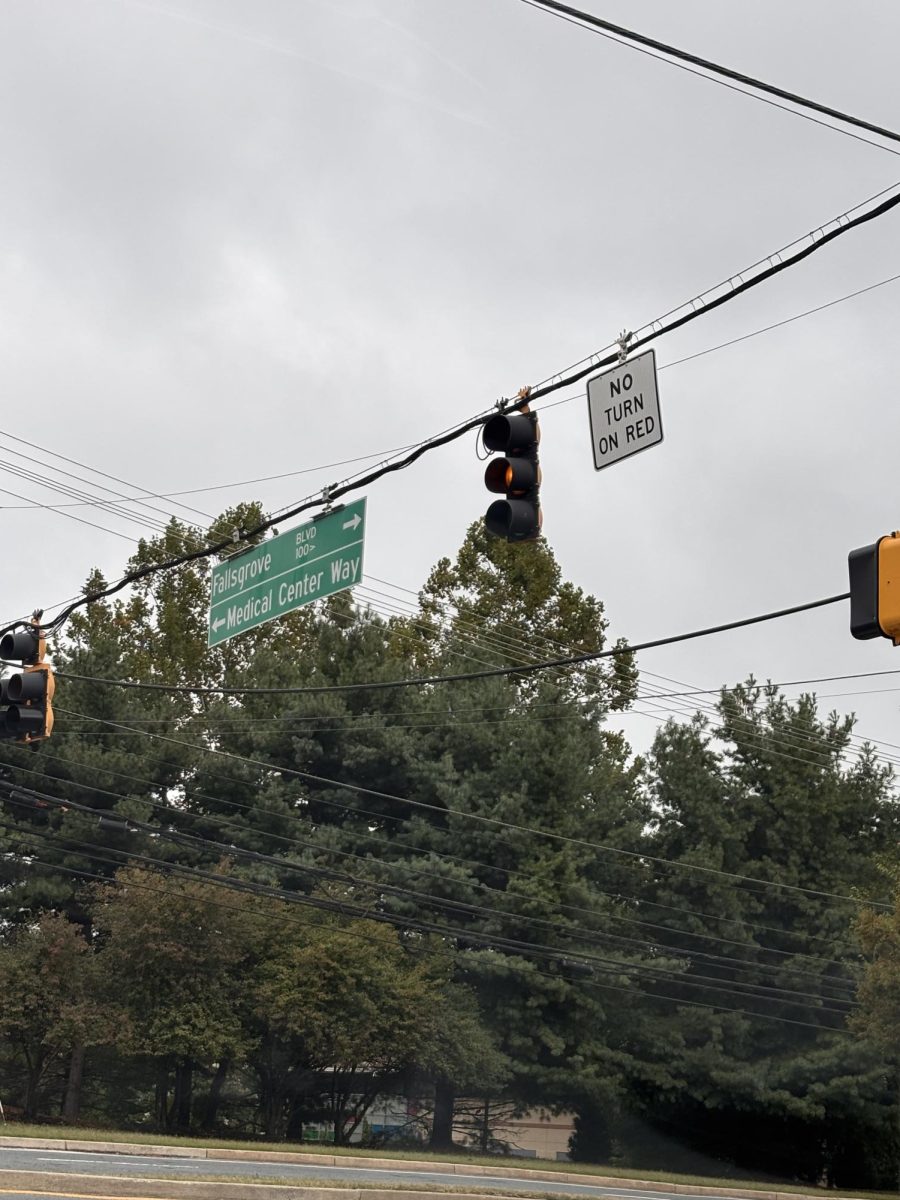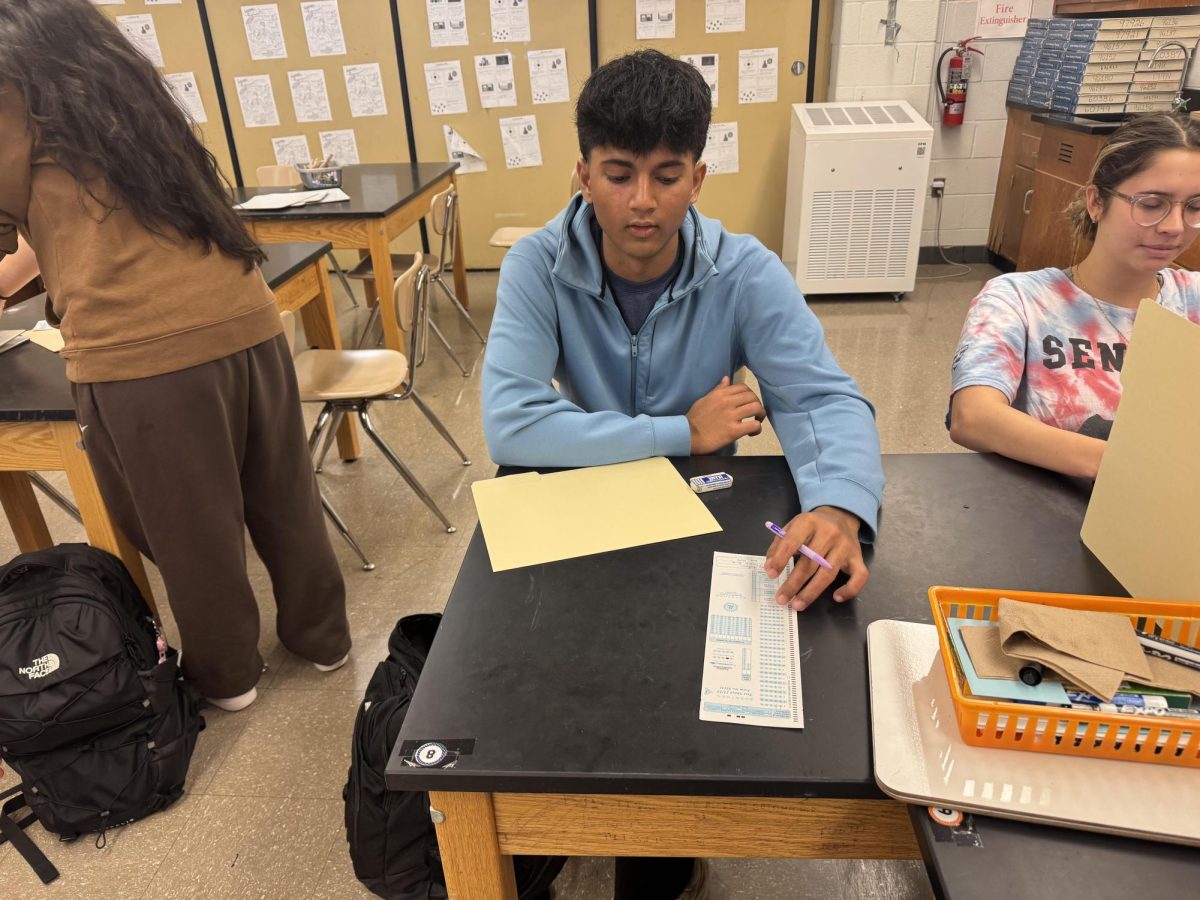One concern regarding this school and its maintenance is the temperature regulation within it. As the outside temperature varies drastically throughout the school year, it is the responsibility of those who run the school to maintain within it a generally acceptable indoor temperature, although some leeway is permitted for any understandable or unavoidable difficulties.
A good example of temperature regulation issues is noticeable in room 124, in which the school’s band and orchestra classes are taught. Due to its age, as it was part of the original building construction, the airspace in the room is connected to the outside. This, for obvious reasons, can have significant effects on the temperature within the room when the heating system is not being used.
“A few weeks ago before the heat was turned on, the students definitely complained [as] we have basically the outside air as our method of air circulation,” music teacher Carolyn Herman said.
Another difficulty “[is especially noticeable during the] late fall and early spring because the way the heating system [operates requires it to either utilize the heating system or air conditioning system, leaving little room for moderate temperatures],” Herman said. At these times, the heating and air conditioning can make a room such as this too warm or too cold depending on the season. The temperature in the room can increase significantly when the temperature outside is not yet cold enough to warrant the amount of heat the heating system provides, meaning that students in the room will feel uncomfortably warm. “I think it impacts students’ learning,” Herman said.
Because band and orchestra classes are taught in the room, cold temperatures can negatively affect the dexterity of their fingers, which “nee[d] to be supple” for effective instrument practice. This is because “[a]n initial response to whole-body or local exposure of the extremities to cold is a strong vasoconstriction, leading to a rapid decrease in hand and foot temperature. This impairs tactile sensitivity, manual dexterity, and muscle contractile characteristics while … decreasing gross motor function, occupational performance, and survival,” according to the article “Responses of the hands and feet to cold exposure” by Stephen S. Chung, which was published in the official website of the National Institute of Biotechnology.
“I think that in some classes it’s way colder than in other classes,” junior Julia Goetz said. “I’d prefer if the AC wasn’t on too much [because some classrooms end up with a colder temperature and have less control over such a change].”
Not every individual in the school has an issue with the building’s temperature. Junior Hamed Sidide said “it’s normally at a comfortable temperature,” and that he would prefer the heating system to be “kept the same.”


